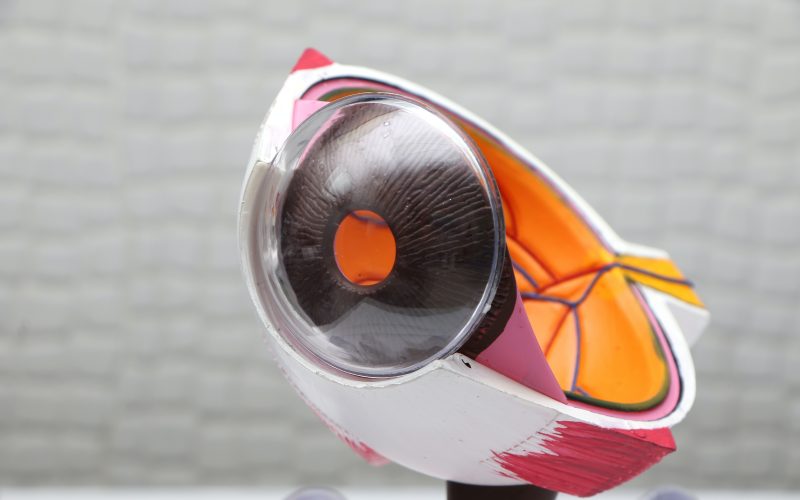Colors have long been known to possess a remarkable influence on human emotions and perception. From the vibrant hues of a breathtaking sunset to the subtle shades of a delicate watercolor painting, the artistic power of colors is an age-old fascination that continues to captivate both artists and scientists alike. In this article, we delve into the intriguing realm of chromatic reflections, exploring the profound connection between colors, the human mind, and artistic expression.
Unveiling the Emotional Palette: The Psychology of Colors
Colors have the unique ability to evoke strong emotional responses within us, often on a subconscious level. The field of color psychology seeks to unravel this phenomenon, studying how different hues can affect our moods, behaviors, and overall well-being.
Researchers have found that warm colors like red, orange, and yellow can elicit feelings of excitement, energy, and happiness. In contrast, cool colors such as blue, green, and purple tend to evoke a sense of calmness, serenity, and introspection. Understanding these associations allows artists to deliberately manipulate colors to evoke specific emotional responses in their audience.
A Visual Symphony: Synesthesia and the Merging of Senses
For some individuals, the experience of colors goes beyond visual perception. Synesthesia, a fascinating neurological condition, causes the senses to intermingle, leading to a rare phenomenon where people perceive colors in response to sounds, words, or even numbers. This extraordinary condition blurs the boundaries between auditory and visual experiences, offering a unique perspective on the relationship between colors, emotions, and creativity.
Renowned artists such as Wassily Kandinsky and Georgia O’Keeffe are believed to have experienced synesthesia, harnessing its creative potential to infuse their artworks with an unparalleled fusion of sensory experiences. Exploring the works of these artists and their synesthetic perceptions sheds light on the intricate connection between colors, emotions, and artistic expression.
The Palette of Cultures: Colors and Symbolism
Colors hold cultural significance, carrying symbolic meanings that vary across different societies and traditions. Red, for instance, can represent luck and celebration in some cultures, while in others, it signifies danger or warning. Blue might evoke a sense of tranquility and trustworthiness in one culture, but it could symbolize sadness or mourning in another.
Understanding the cultural symbolism of colors is essential for artists seeking to convey specific messages or resonate with diverse audiences. By carefully selecting and employing colors, artists can tap into the collective cultural consciousness and create visual narratives that transcend language barriers.
The Art-Science Nexus: Color Theory and its Impact on Visual Compositions
Color theory is a fundamental tool in the artist’s repertoire, exploring the principles behind color harmony, contrast, and balance. By understanding the interactions between different hues, artists can create captivating compositions that guide the viewer’s gaze, evoke emotions, and communicate their intended message.
From the striking complementary colors of Vincent van Gogh’s “Starry Night” to the meticulous color schemes in Piet Mondrian’s abstract compositions, color theory plays a pivotal role in the creation of visually arresting artworks. Examining these masterpieces through the lens of color theory unveils the meticulous thought processes behind their creation and enhances our appreciation of their artistic brilliance.
Conclusion
Chromatic reflections, as exemplified through the psychology of colors, synesthesia, cultural symbolism, and color theory, offer a window into the profound relationship between colors, the human mind, and artistic expression. The ability of colors to evoke emotions, merge sensory experiences, convey cultural messages, and shape












